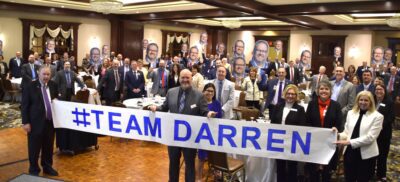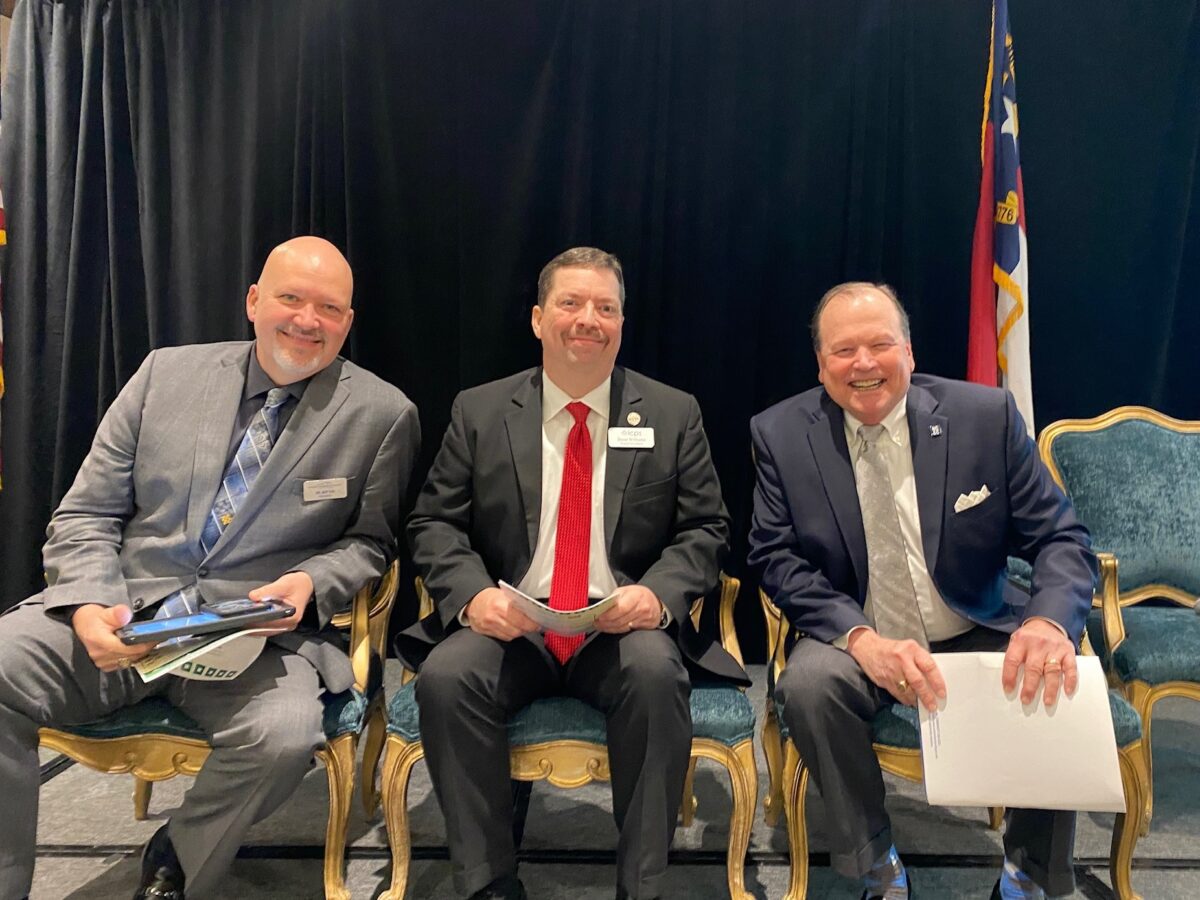

|
|
More than 150 North Carolina school superintendents and community college presidents gathered last week to address our state’s most pressing education and workforce opportunities, according to an executive summary prepared by the N.C. School Superintendents’ Association and RTI International.
“This annual, joint convening brings these two key education systems together to collaborate on promising practices and shared goals that lead to improved student outcomes, increased economic mobility, and producing a diverse talent pipeline that meet North Carolina’s growing workforce needs,” reads the report.
Brent Williams, superintendent of Lenoir County Public Schools, kicked off the event, saying, “You are the thinkers. You are the creators. You are the drivers of positive change … Your leadership always has mattered, but never more so than in this time of continued pandemic and recovery.”
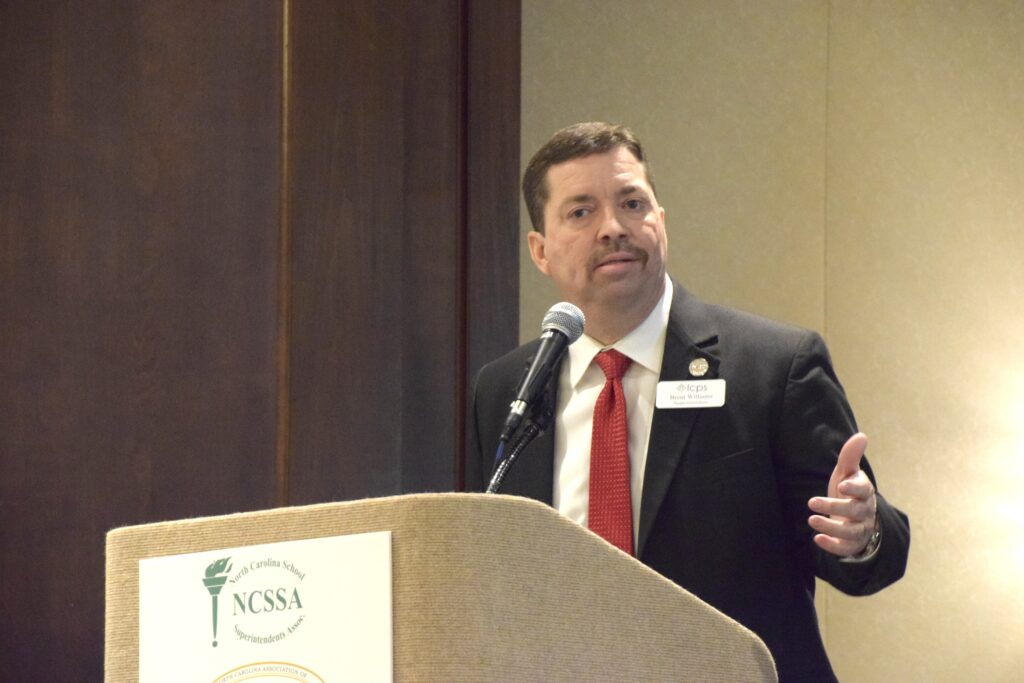

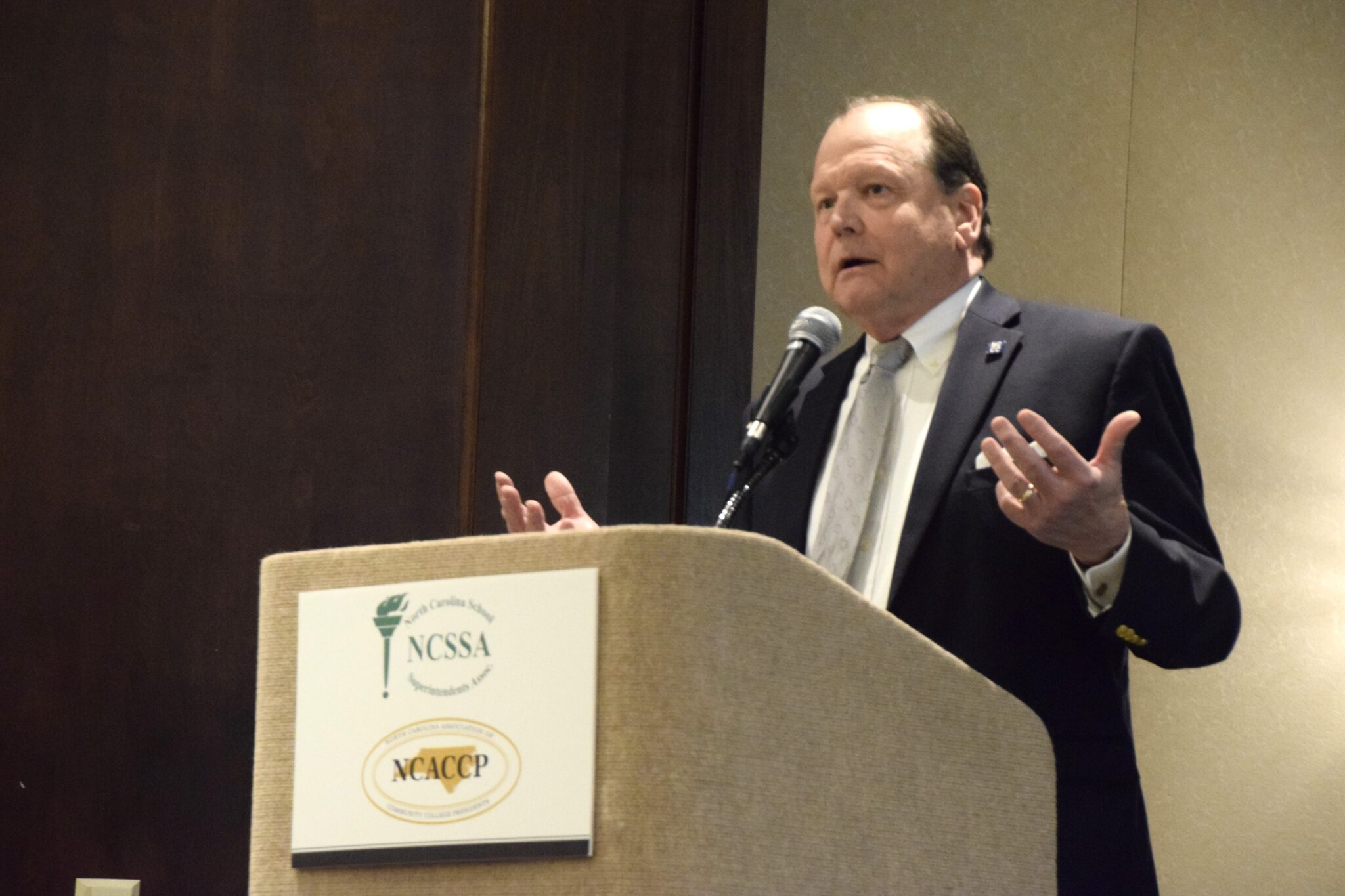

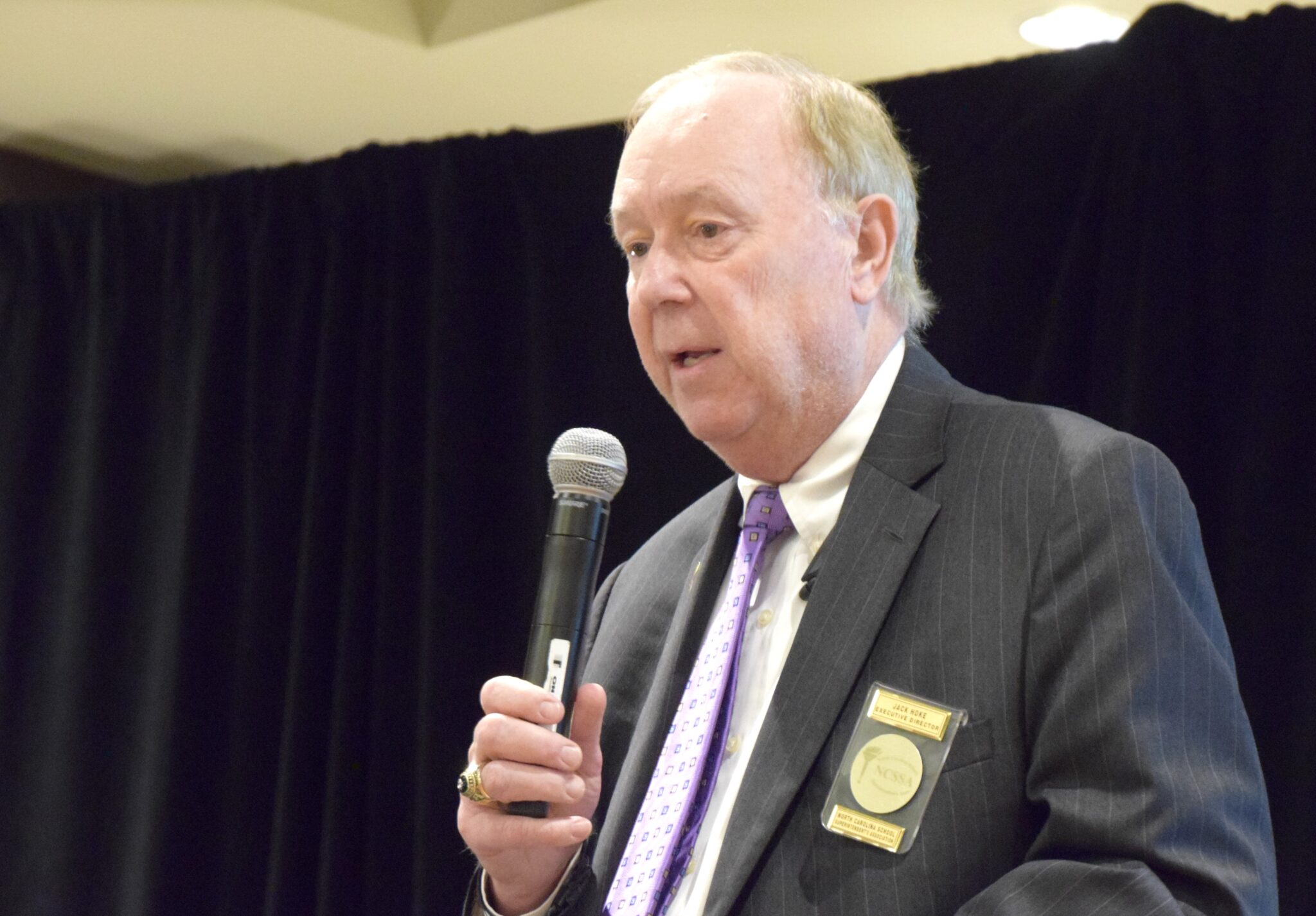

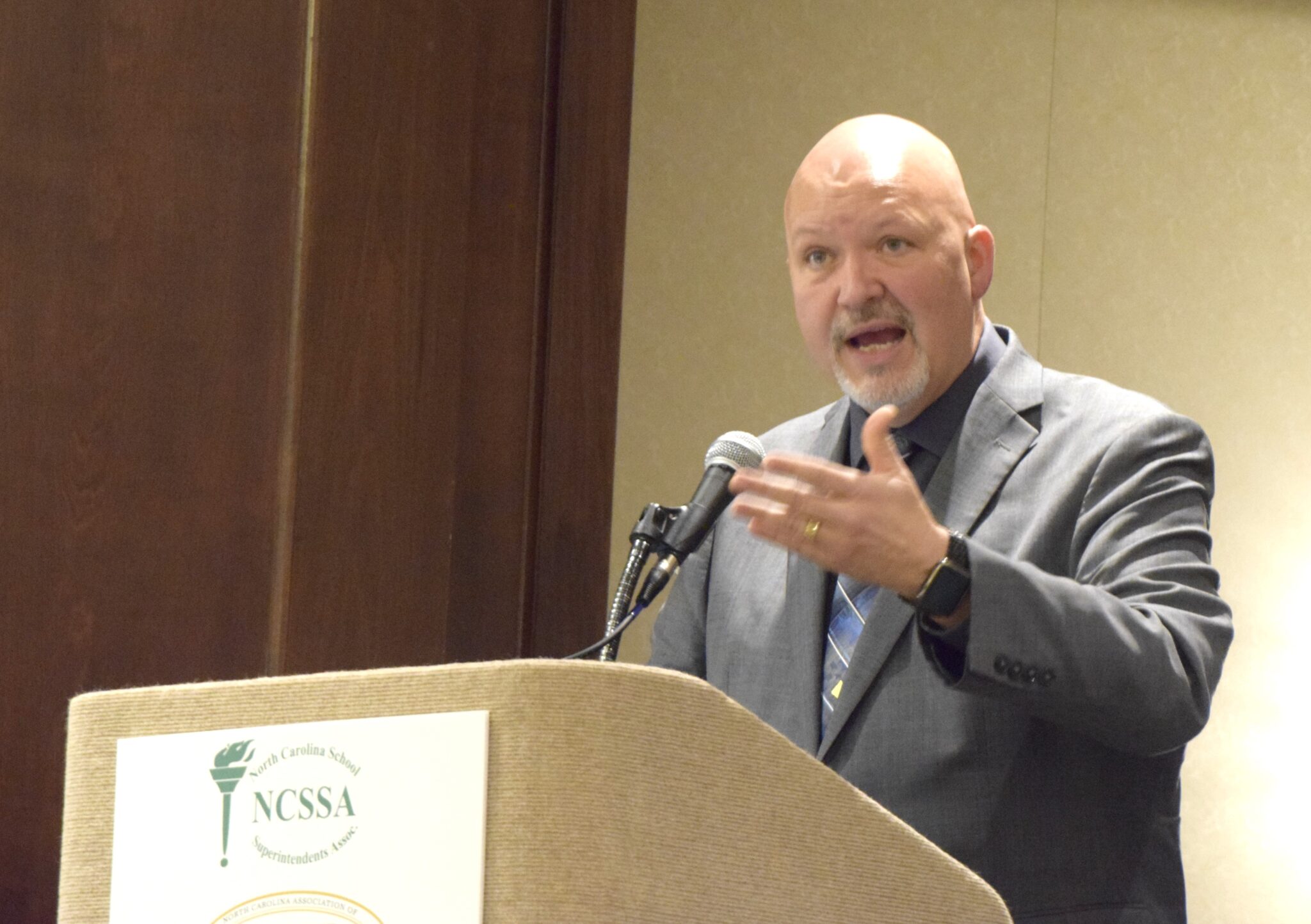

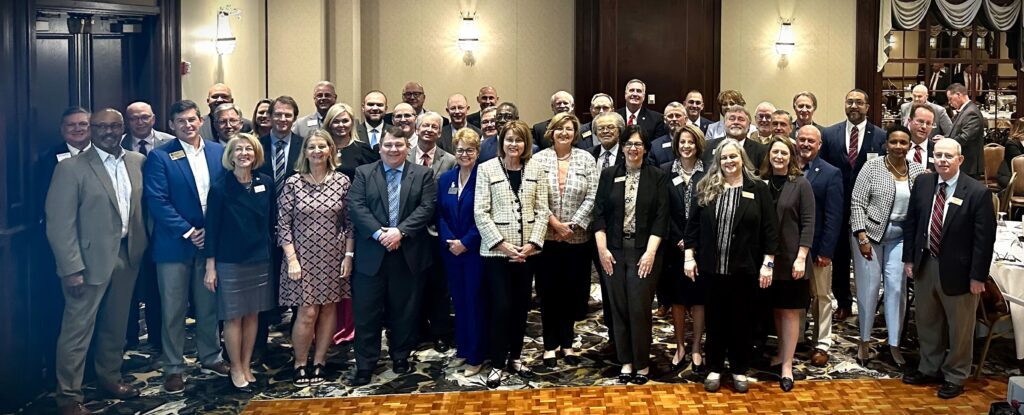

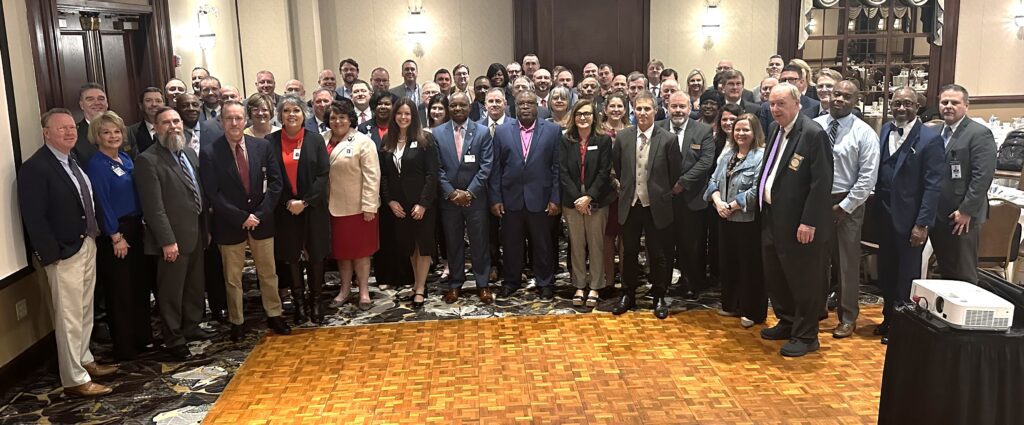

“How are we going to prepare individuals for meaningful careers?” asked Bill Carver, interim president of the N.C. Community College System. “I’m passionate about how this group changes North Carolina one student at a time.”
Relationships between superintendents and community college presidents have never been stronger thanks to the need to work together to meet the state’s attainment goal. This convening highlighted partnerships and best practices.
How districts and community colleges are working together
Meet Lawrence Rouse, the president of Pitt Community College, and Ethan Lenker, the superintendent of Pitt County Schools.
“All over the state, we are seeing it now,” said Rouse. Public schools and community colleges, he said, are working together and breaking down silos.
Rouse and Lenker addressed the array of ways they are working together, including early college, apprenticeships, career exploration, career coaches, technical academies, building workforce pipelines, opportunities for at-risk students, and growing access to Career and College Promise (CCP).
Both leaders emphasized the economic impact of these opportunities for students in the counties they serve.
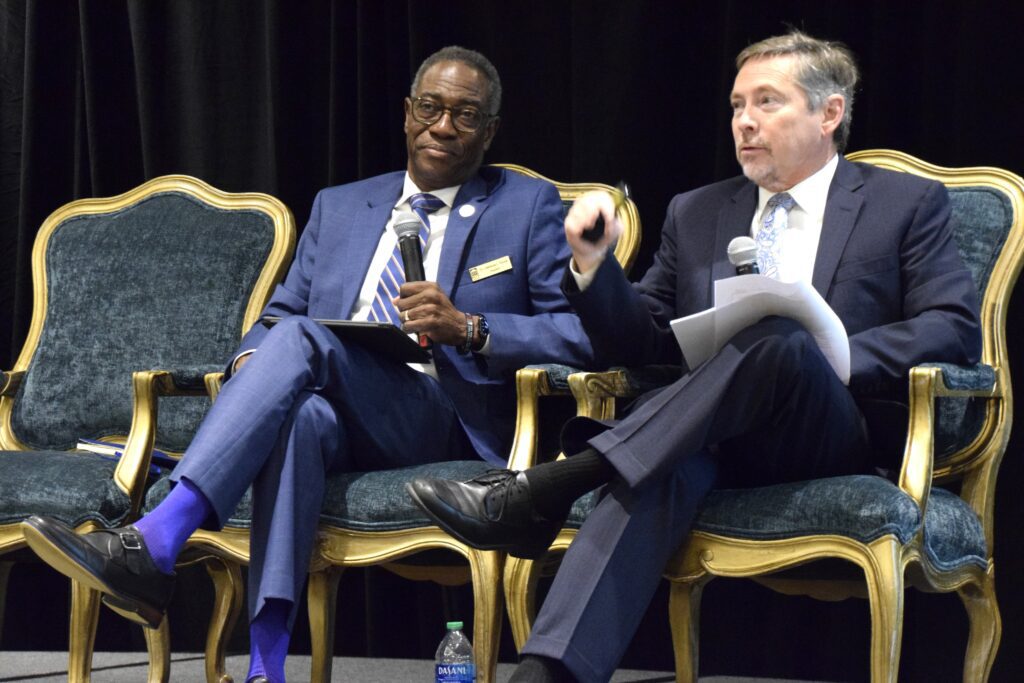

The importance of a regional approach
“I don’t think we can do this alone,” said Tony Jackson, superintendent of Chatham County Schools. “It has to be a collaborative process within the region. I think all of us know that.”
Leaders in the Central Carolina Community College service area, which includes Chatham, Harnett, and Lee counties, are working together to strategically engage more students in dual enrollment, support students once they are engaged, and align the pathways available to the students with the needs of the region.
“Graduation from high school should be the launch, not the landing,” said Jackson.


This video on local educational attainment collaboratives (LEACs) explains the importance of a regional approach since, as Anita Brown-Graham with ncIMPACT reminds us, the state can’t meet its attainment goal without involving local communities and learning from their innovation.
Central Carolina Connections is one of the state’s LEACs.
This collaborative “will provide the support, preparation, and resources each student needs to access and succeed in dual enrollment programs in our community. Our explicit actions will propel students, especially those from historically underserved communities, onto clear and accessible pathways that lead to credential attainment and optimal career outcomes. This will increase the economic prosperity of our entire service area and cultivate a more equitable community. These efforts will increase credential attainment for all students by 15% over the next 10 years and ensure that the intentional inclusion of Black and Hispanic/Latinx students in those enrollment/completion metrics match or exceed their representation in the community.”
ncIMPACT Initiative
Companies can’t navigate every school or even every district, said Chapman. “We want to facilitate that conversation for them,” he said.
Jackson then noted that good is no longer good enough. “We have to be more visionary than we have ever been,” he said. “We’ve got to be nimble enough for the industry that’s coming.”
“We all know this is a team sport,” concluded Andy Bryan, superintendent of Lee County Schools.
When the school district is the largest employer in a county
Leaders in Rowan County are working together to build a teacher pipeline.
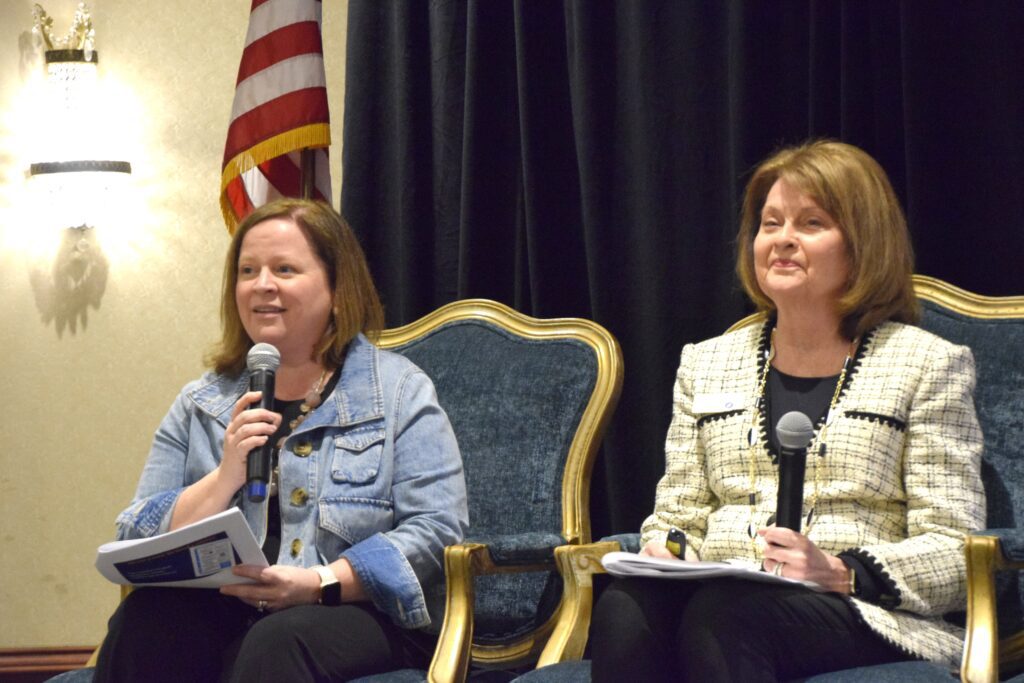

Rowan-Salisbury Schools is the state’s only renewal school district, which means it has curriculum, personnel, calendar, and budget flexibility.
The district’s work with Rowan-Cabarrus Community College on a local bond campaign led to a broader countywide collaboration, resulting in a monthly meeting with leadership of the county commission, school district, community college, local economic development corporation, Catawba College, and Livingstone College.
Here is how the group is working toward their goal of becoming an education community, fostering a “culture of education.”


Carol Spalding, president of Rowan-Cabarrus Community College, said the community college has had a strong relationship and a continuing education program with business and industry locally, but they had not realized that the school district is the largest employer in the county.
“We have not thought about them as that kind of a partner,” she said.
The collaborative realized the county’s largest employer needed additional workforce, and they decided to do something about it.
“Having a career as a teacher is good,” said Spalding. “We need to promote it.”
Through a variety of strategies, included in the following presentation, institutions across the county are investing in the teacher workforce.
Students who work as teacher apprentices are paid, and they will be hired, said Spalding. “They know they are wanted. They know they belong. They can work in the community where they grew up,” she said.
“This is critical,” said Spalding, “to the state and the nation.”
A modest education is not sufficient for our new economy
Too often, the “promise” of Career and College Promise gets lost when we refer to the program as CCP, said Margaret Annunziata, the president of Isothermal Community College.
Why are these programs so important?
Listen to this story about what happened to this community when the mills closed, as told by David Sutton, the superintendent of Rutherford County Schools.
Our history and our context matter, and both shape the direction of the work ahead, said Sutton. “A modest education was a death sentence to our community,” he said.
Sutton worked with Isothermal Community College “to design five-year course sequences that would make implicit possibilities explicit to our students — when do you do it, where do you do it, in what order do you do it.”
Annunziata then walked us through how she used this tool to see the variation across school districts in advanced placement (AP) and dual enrollment participation by race and ethnicity. She identified an enrollment gap.
“It’s very clear,” said Annunziata, “that Isothermal Community College has been doing a very good job of serving the people that we serve, but we are not serving all the people in the community.”
For students living in poverty — and she noted Black students are three times and Latinx students are two times more likely to be living in poverty — she questioned whether the promise in CCP is being upheld for all students.
“If we are going to have ‘promise’ in the title of this program,” she said, “then we have to look ourselves in the mirror and say, ‘Are we making good on that promise, how do we feel about upholding our promises?'”
Annunziata also identified that 30% of the early college graduates were graduating with a transfer degree but not transferring to a four-year college.
“We weren’t really looking at the ‘what’s next?’ piece for students,” she said. “Community colleges can’t be the destination. It’s about career.”
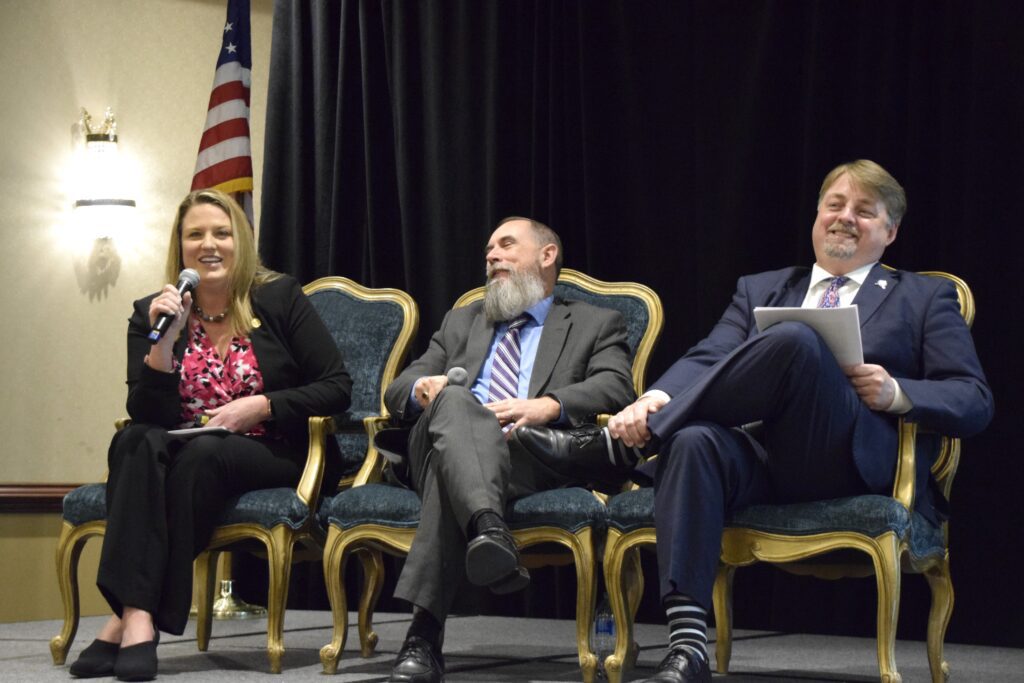

Measuring progress and driving action toward 2 million by 2030
Superintendents and community college presidents serving the same counties were seated together to review their local county attainment goal, discuss what they are already doing to bring cross-sector partners together, identify how myFutureNC could support them moving forward, and consider how to pilot big ideas to increase FAFSA completion.
myFutureNC is asking leaders to do four things:
- Endorse the 2 million by 2030 statewide attainment goal.
- Adopt the local attainment goal.
- Develop an attainment action plan.
- Execute the plan.
You can find your county attainment profile here.
You can find your regional impact manager here.
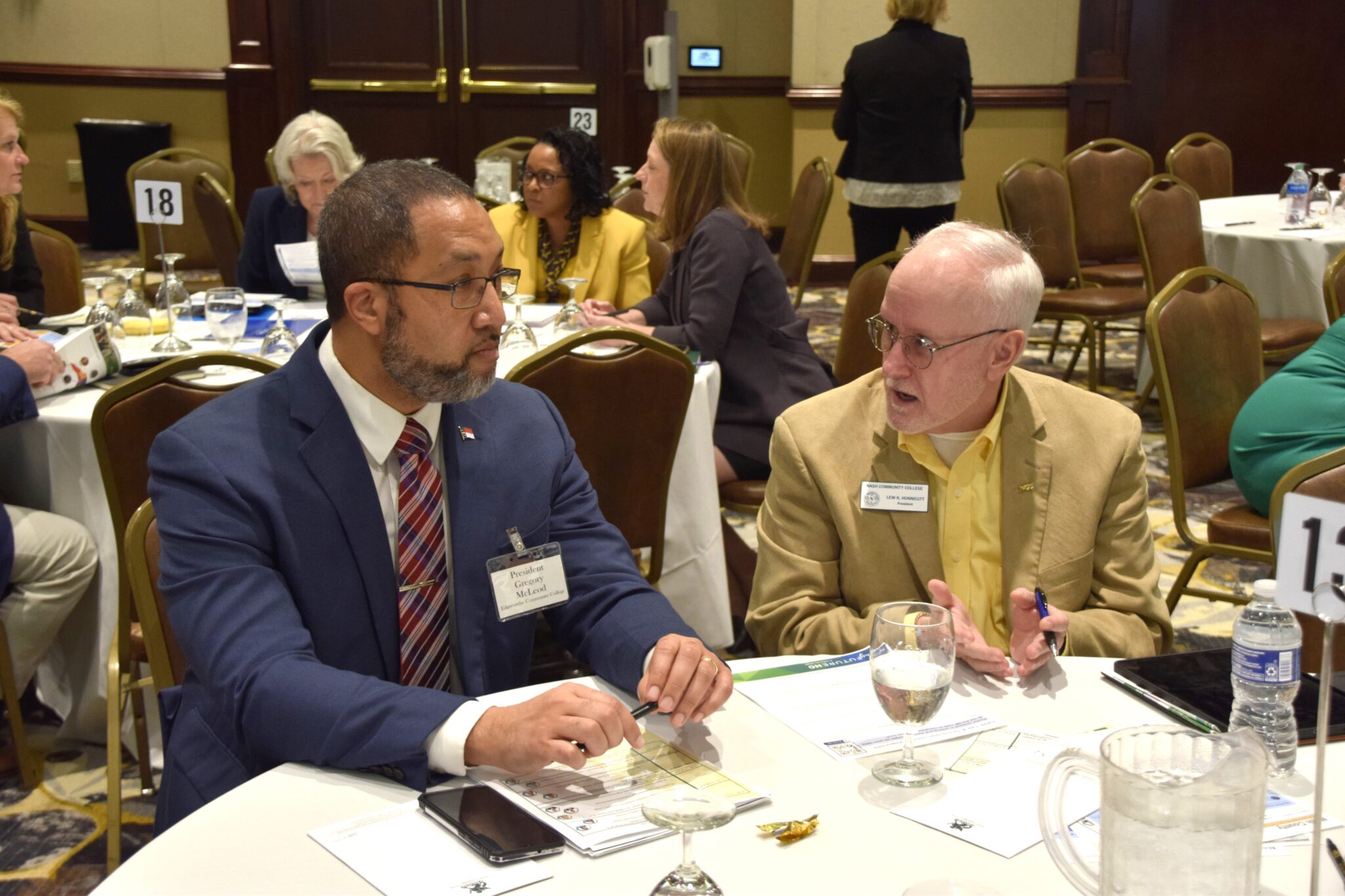

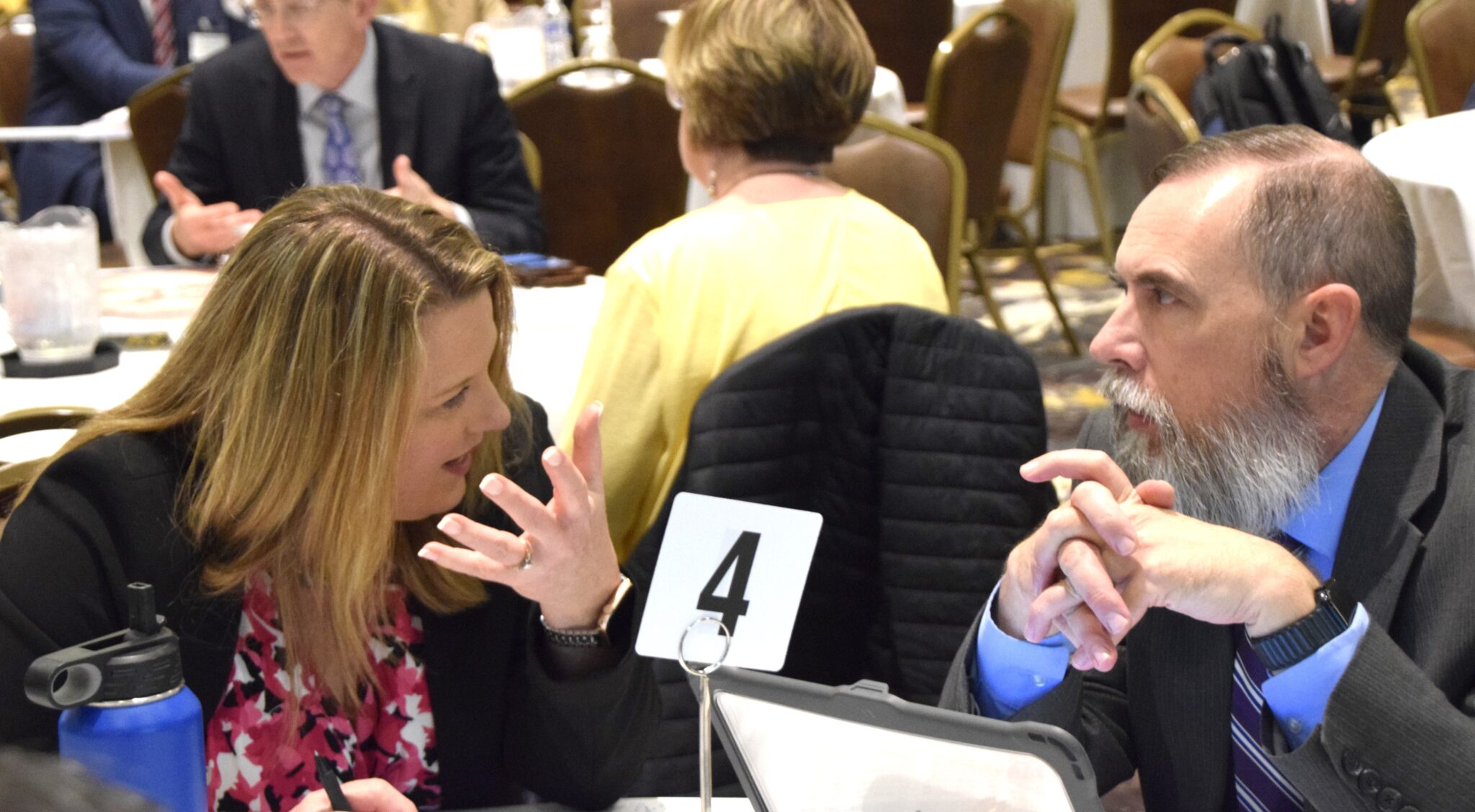

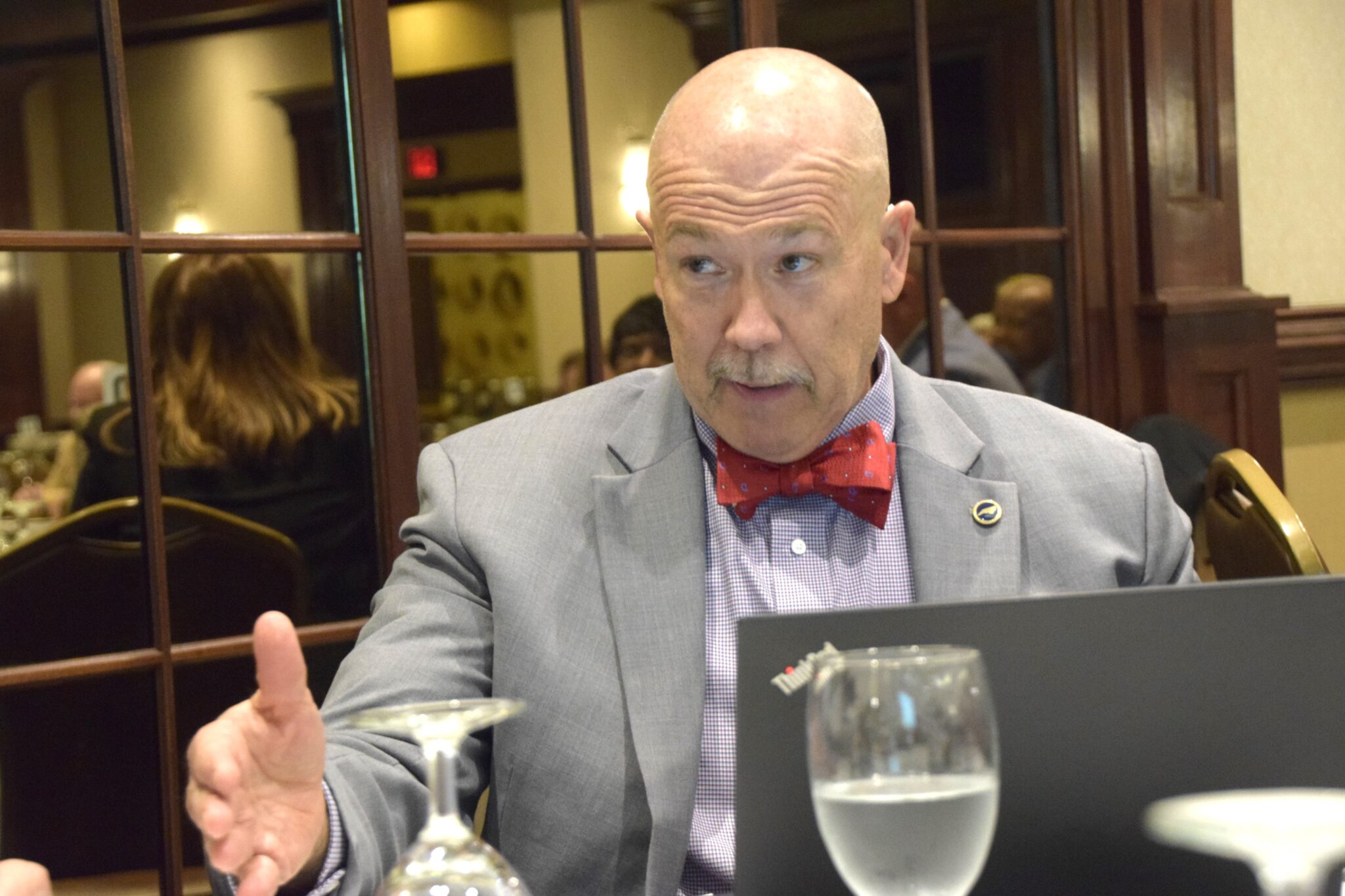

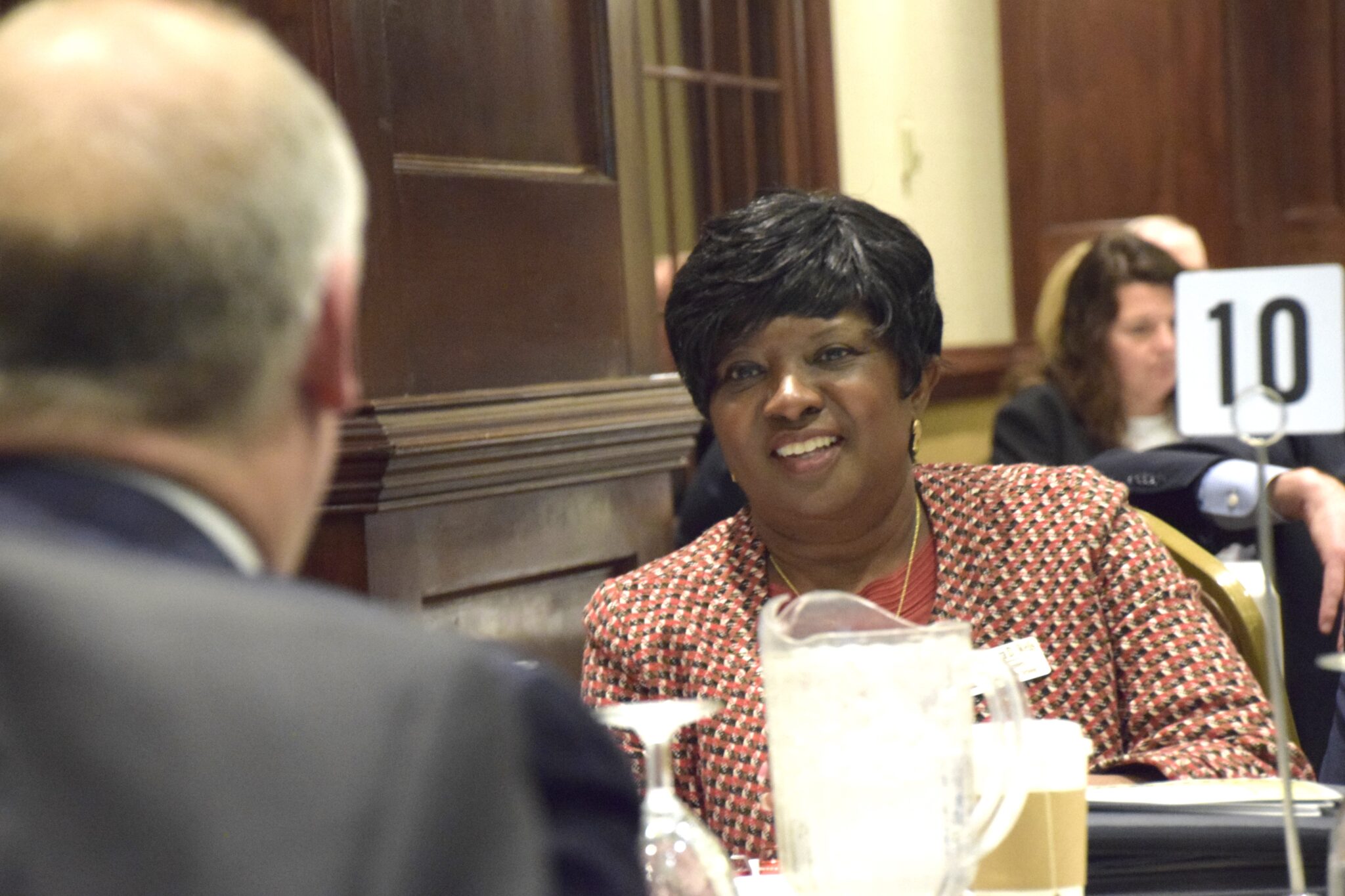

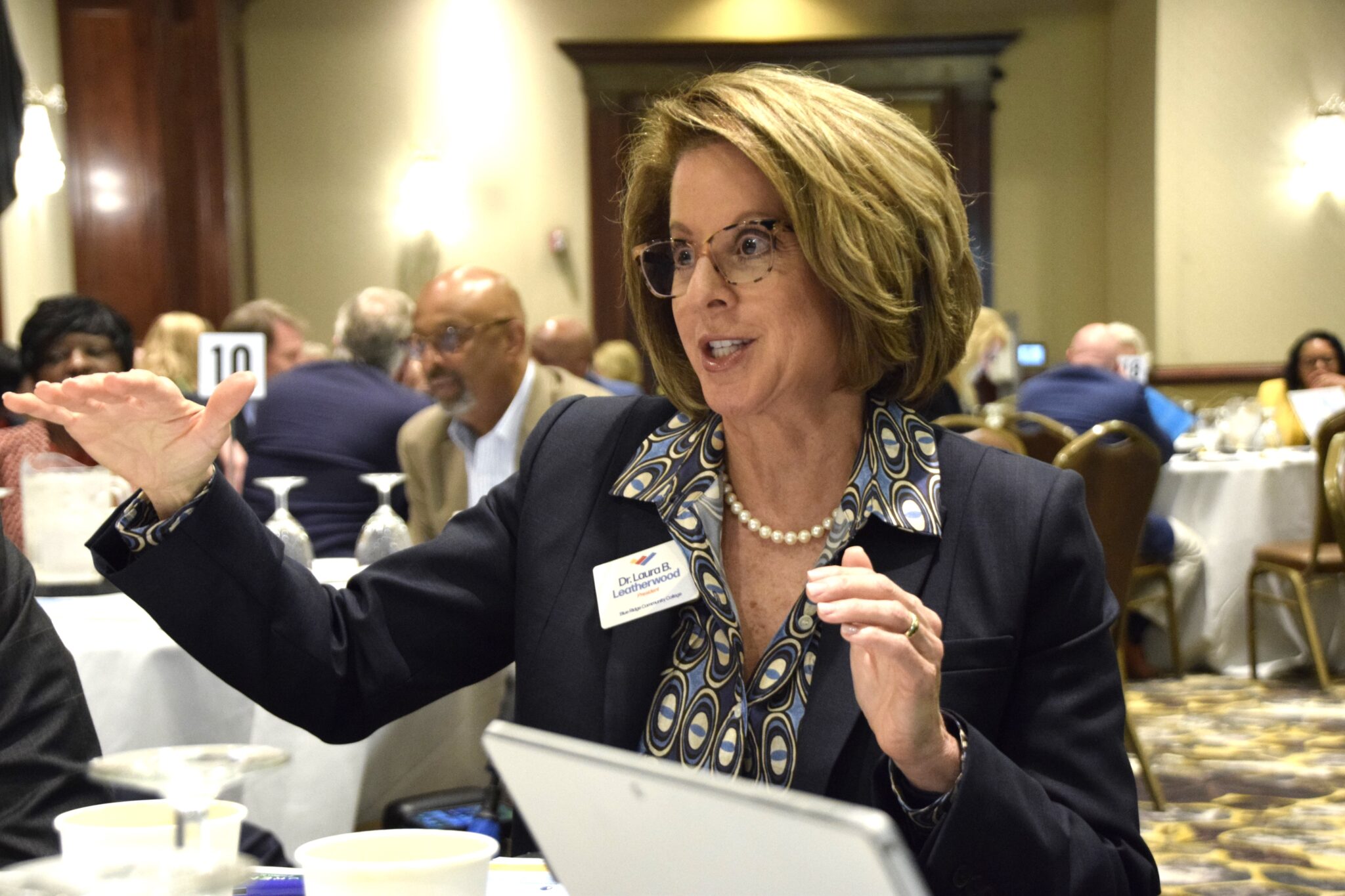

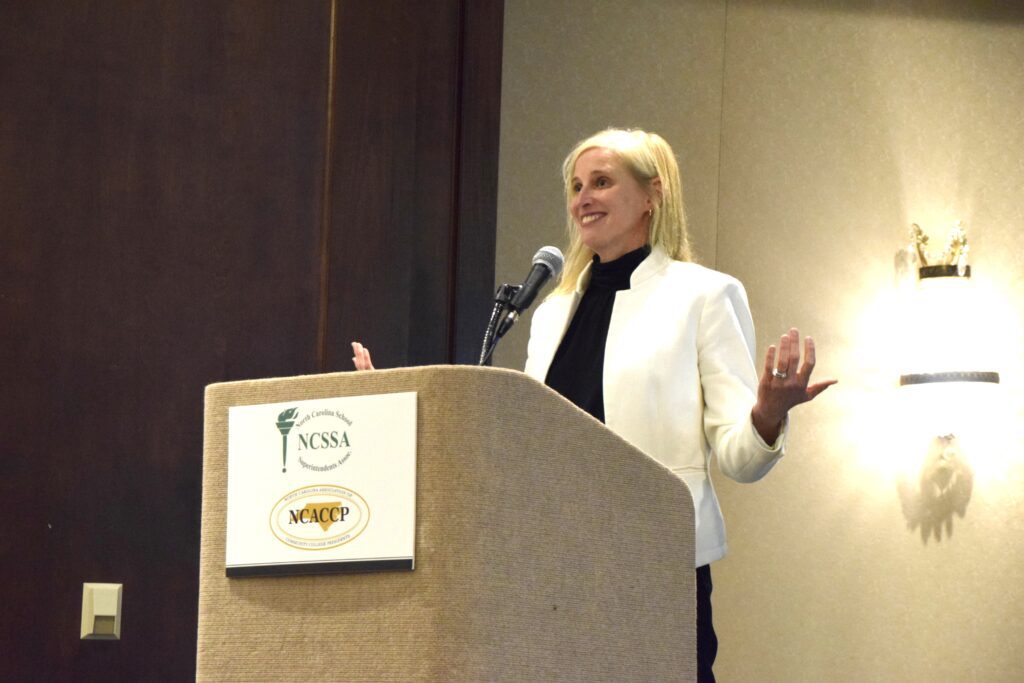

“You all think deeply about students every day,” said MC Belk Pilon, chair of the John M. Belk Endowment. “What you are trying to do on your campuses and in your school districts,” she continued, “your success will truly be our state’s success.”
Editor’s Note: The John M. Belk Endowment supports the work of EducationNC.
Here is an executive summary prepared by the N.C. School Superintendents’ Association and RTI:



